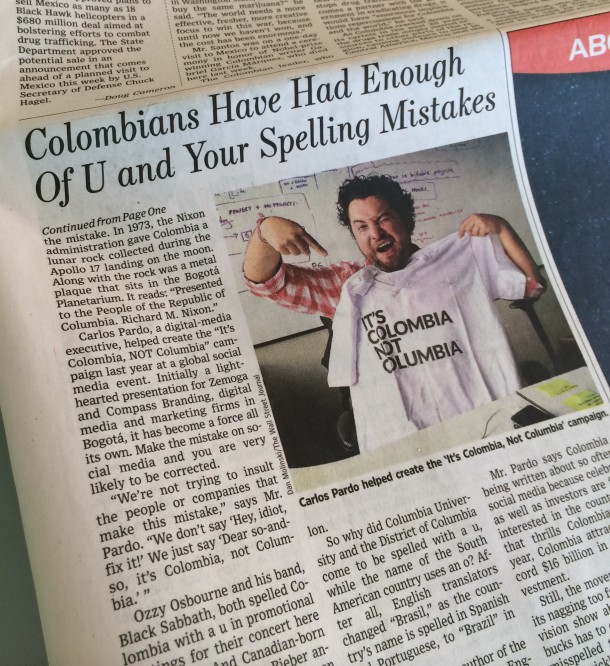Zemoga is seeking a Business Development Manager for its NYC office. The ideal candidate profile includes the ability to sell strategically, listen to a client’s challenges and craft a well thought out consultative response, in written form for RFP’s and presentations, or in person while having conversations with potential customers. This candidate is a confident presenter who understands the digital landscape, trends within multiple verticals including Media & Entertainment, CPG, ecommerce and professional services. They should have 4-6 years of relevant consulting or agency experience. They should be confident and versed in the role an agency plays, from strategy development and discovery through production and deployment of digital solutions.
Job Responsibilities:
- Responsible for prospecting for new opportunities including identifying potential new Clients contacts, new divisions within current Clients and new Client verticals
- Collaborate with Operations and Strategy Directors to conduct lead qualification
- Manage and own opportunities that exist in the sales pipeline including:
- Project Brief Creation & Management
- Relationship Management
- Internal Team Management
- Creating decks/presentations/RFP responses
- Coordination & Communications
- Lead and manage the Scope of Work (SOW) creation process with key internal stakeholders including:
- Internal Coordination
- Scope & Budget Definition/Validation
- Upon approval of SOW, facilitate Client on-boarding process and kickoff
- Overall Revenue Management
- Forecast/Pipeline Owner
- Sales Strategy (outbound efforts)
Job Requirements:
- 4-6 years of relevant consulting or agency experience
- Existing & applicable book of business preferred, but not required.
- Strong communication skills
- Ability to multi-task and prioritize
- Ability to move quickly across multiple brands in an extremely fast-paced environment
- Very detailed oriented & diligent
- Must be a self starter and team player
Please send your resume to staffing.us@zemoga.com.



